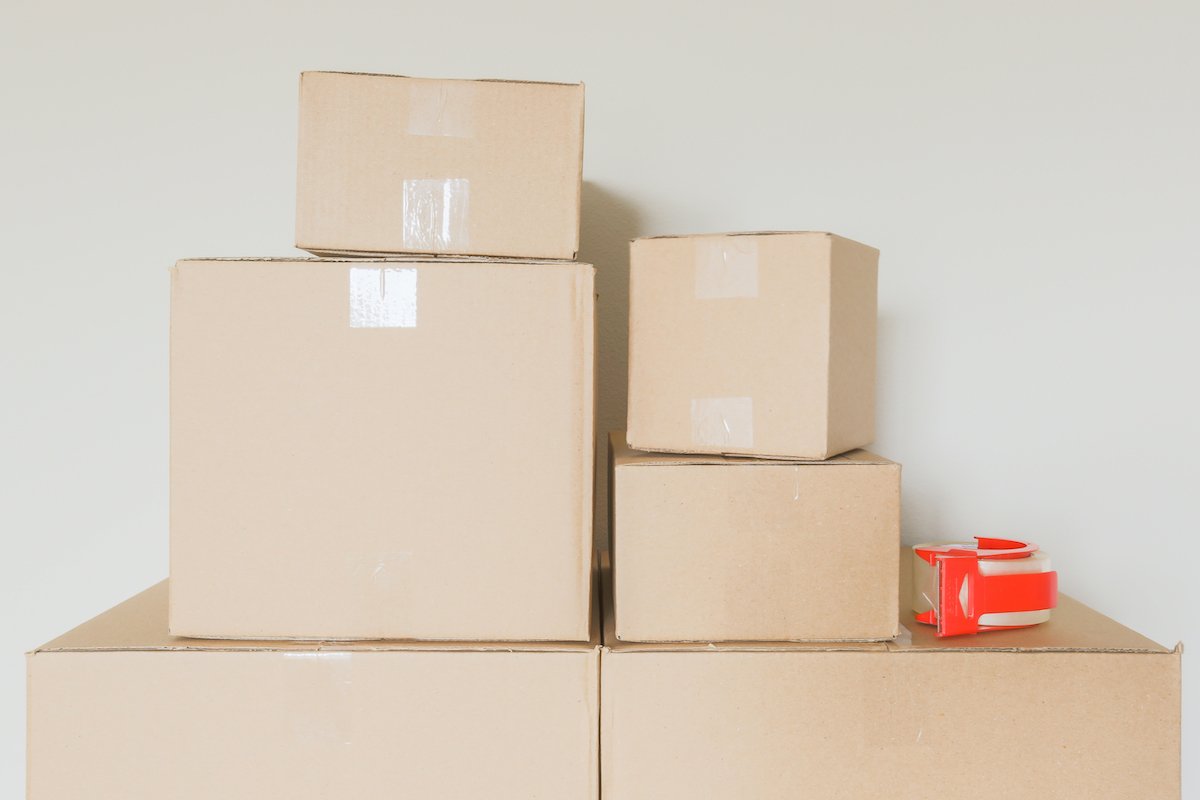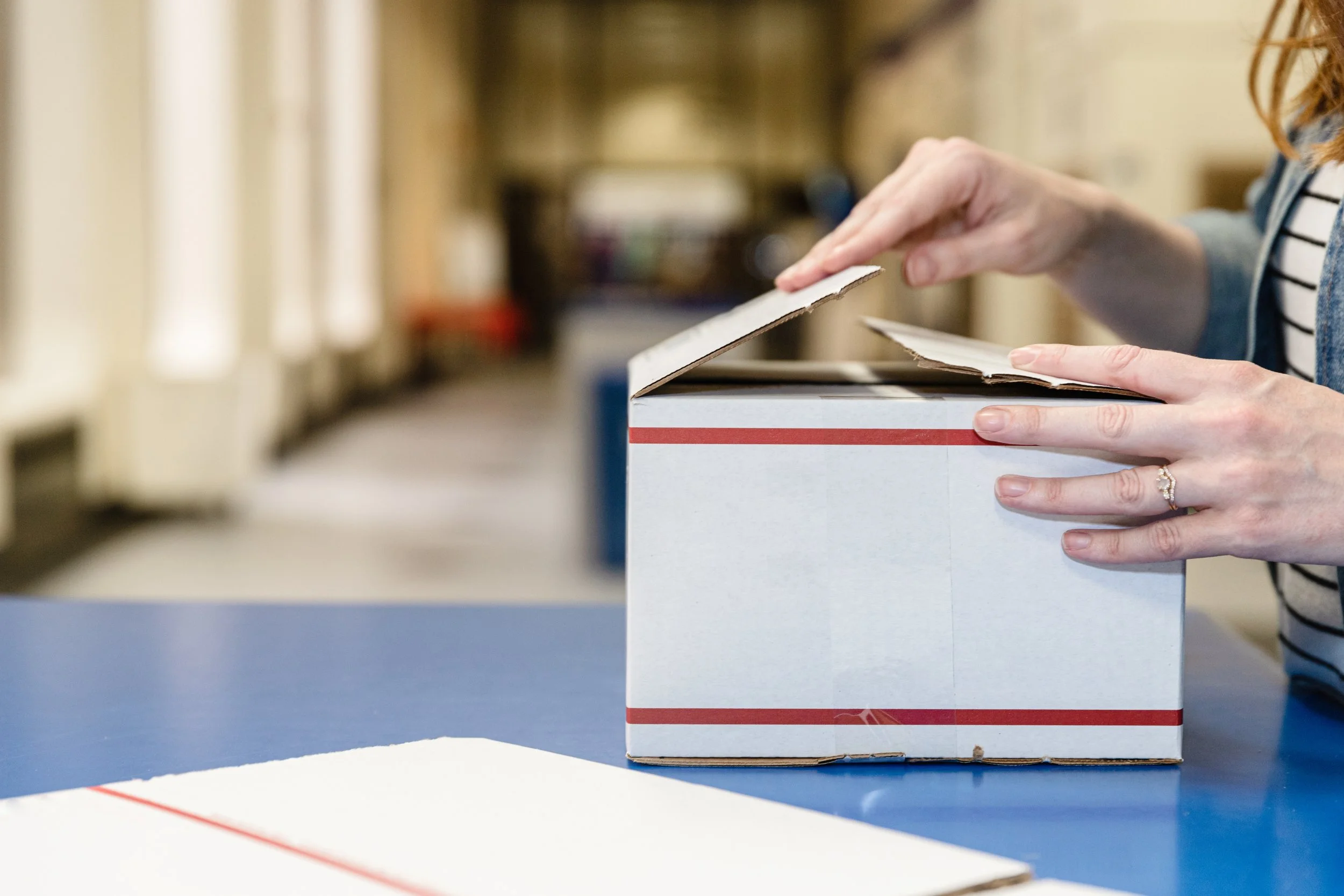Packing Products for Delivery
Languages: English
Media Editing: The video module(s) in this subject are editable under our Content Studio offering unless otherwise indicated. For more information about Content Studio, contact your CSM.
Description: More and more businesses are starting to use online stores and new shipping methods to get their products to customers. Since the packed box will be the main interaction between your business and the customer, it's important to pack it properly so you maintain your brand image. In this subject, learners are taught common methods for packing and preparing boxes to be delivered. This includes best practices for wrapping items, choosing packing materials, and taping boxes shut so that customers receive the products they order in good condition.
Languages: English
Media Editing: The video module(s) in this subject are editable under our Content Studio offering unless otherwise indicated. For more information about Content Studio, contact your CSM.
Description: More and more businesses are starting to use online stores and new shipping methods to get their products to customers. Since the packed box will be the main interaction between your business and the customer, it's important to pack it properly so you maintain your brand image. In this subject, learners are taught common methods for packing and preparing boxes to be delivered. This includes best practices for wrapping items, choosing packing materials, and taping boxes shut so that customers receive the products they order in good condition.
Languages: English
Media Editing: The video module(s) in this subject are editable under our Content Studio offering unless otherwise indicated. For more information about Content Studio, contact your CSM.
Description: More and more businesses are starting to use online stores and new shipping methods to get their products to customers. Since the packed box will be the main interaction between your business and the customer, it's important to pack it properly so you maintain your brand image. In this subject, learners are taught common methods for packing and preparing boxes to be delivered. This includes best practices for wrapping items, choosing packing materials, and taping boxes shut so that customers receive the products they order in good condition.
Topics
Packing Boxes for Delivery
-
The way you pack a box is so important because it’s how a customer will interact with your brand. In this topic, you’ll learn how to wrap items so they don’t damage the box, how to pick an appropriate box, and why it’s important not to overfill boxes.
-
Questions (level 1, 2, 3)
Video module
-
This topic is currently available in English.
-
Inspect the box to make sure it’s sturdy, undamaged and all the flaps are intact before you start packing.
Use double wall boxes for packing heavier items because they are more secure.
Place all liquids upright and make sure they are sealed properly. Also use cushioning material that can contain leaks if they occur.
Wrap cushioning materials and tape around sharp edges of products so that they don’t tear the box and cause damages.
If you are reusing a box, remove all old address labels and make sure there are no holes or corner dents.
Do not overstuff boxes when filling empty space because the box could burst open during shipping and damage the product.
Pick a box that is a bit bigger than the items you’re shipping because you want room for cushioning materials and filler.
Surround items with cushioning materials so that they won’t get damaged in the delivery process.
Packing Perishable Products
-
Perishable foods like baked goods, seafood, and frozen foods need special attention when they’re being packed to ship to customers. In this topic, you’ll learn how to pack perishables safely, so that they don’t break or leak while being shipped. This includes what kind of refrigerants to use, how much protection is needed, and what the “danger zone” is for perishable foods.
-
Questions (level 1, 2, 3)
Video module
-
This topic is currently available in English.
-
If you are packing baked goods, use an airtight seal around the products or when you are taping the box closed to help keep them fresh.
Provide proper insulation for foods that must remain cold or frozen.
Use watertight containers and liners for items that can melt, thaw, or contain liquid to prevent the boxes from getting soggy.
Use the refrigerant that works best for the cold or frozen items you’re packing so that your product doesn’t melt and cause damage.
Provide at least 2 to 3 inches of material around the food to protect it. Use fillers and cushioning materials to help stabilize food and stop it from breaking.
If there are temperature-controlled items in your shipment, send them using fast shipping to reduce transit time.
Avoid keeping foods between the temperatures of 40° F and 140° F for more than two hours. Doing so can lead to bacterial growth and spoilage.
Sealing and Packing Methods
-
There are many different ways to pack products and seal them up for shipping; however, knowing the correct method to use depends on what you’re shipping. In this topic, you will learn the single-box and box-in-box packing methods for fragile items. This also includes how to choose the correct type of type, and the best way to tape a box closed.
-
Questions (level 1, 2, 3)
Video module
-
This topic is currently available in English.
-
Don’t use cellophane tape, duct tape, rope, string, or masking tape when sealing boxes because it’s not strong and the box could open.
Use pressure-sensitive packing tape that is at least 2 inches wide to seal boxes because it sticks well and has less chance of breaking open during shipment.
If the products are fragile, make sure it’s marked as “fragile” or “handle with care” on the outside of the box so that everyone is aware of what’s inside.
Seal all boxes with the H-taping method. This involves taping evenly across the flaps and seams to both the top and bottom of the box. This helps to make sure it won’t pop open during travel.
Use the single-box packing method is for non-fragile items, but remember to use cushioning materials to fill empty spaces to prevent the product from moving around.
If you’re using the single-box packing method, place products that would be affected by dirt or water into plastic bags first.
The box-in-box packing method is for fragile items, and each item must be wrapped individually, with filler in empty spaces to stop the product from moving around.
If using the box-in-box packing method, make sure the second box is 6 inches longer, wider, and deeper than the inner box. Be sure to put cushioning materials in between the boxes.






